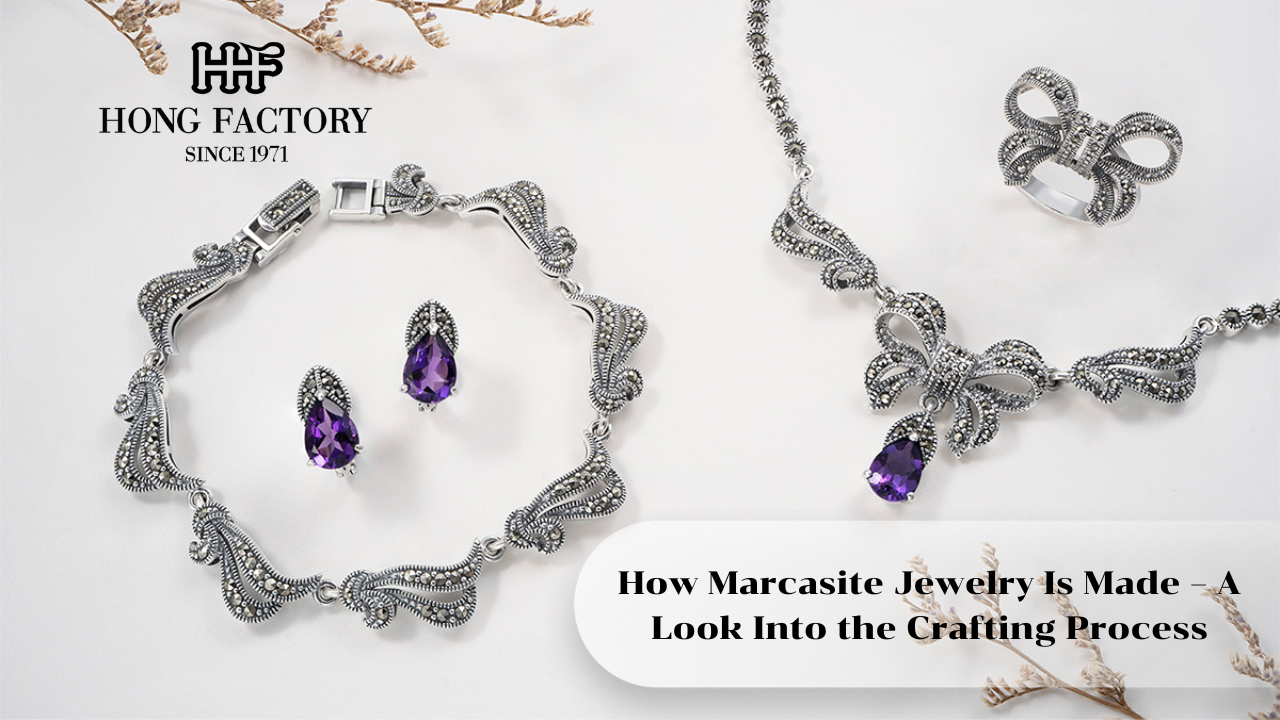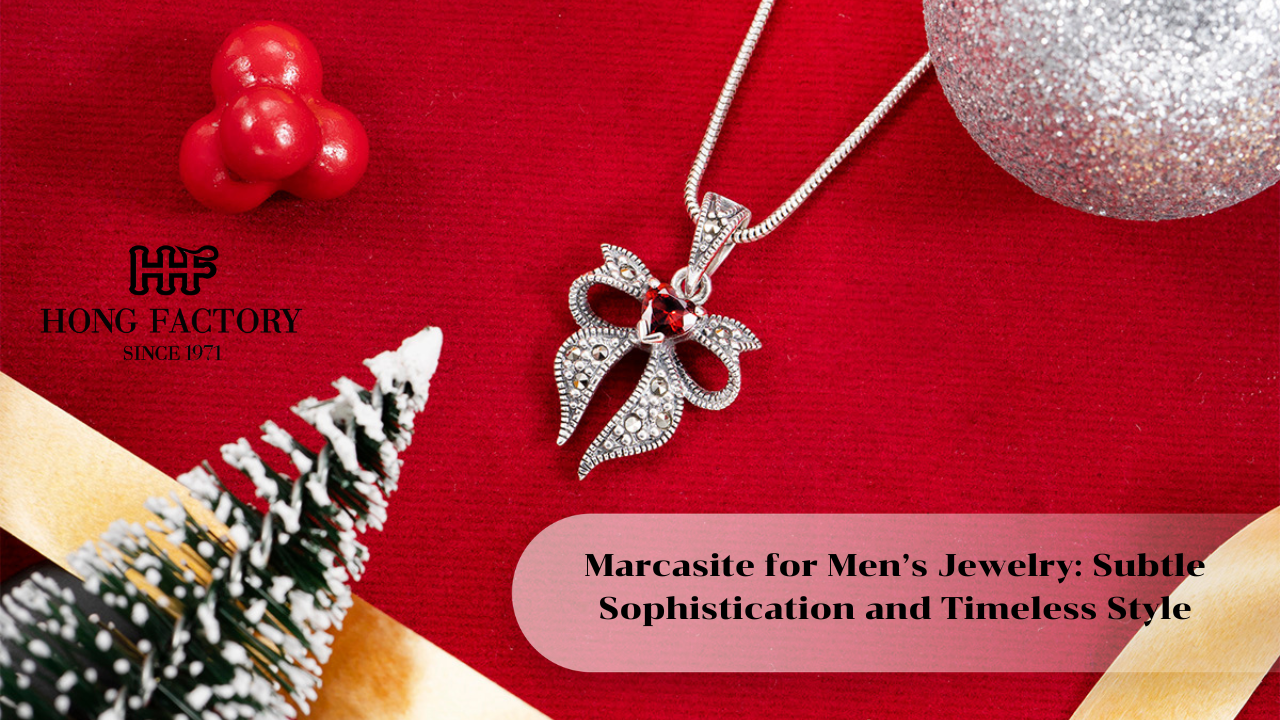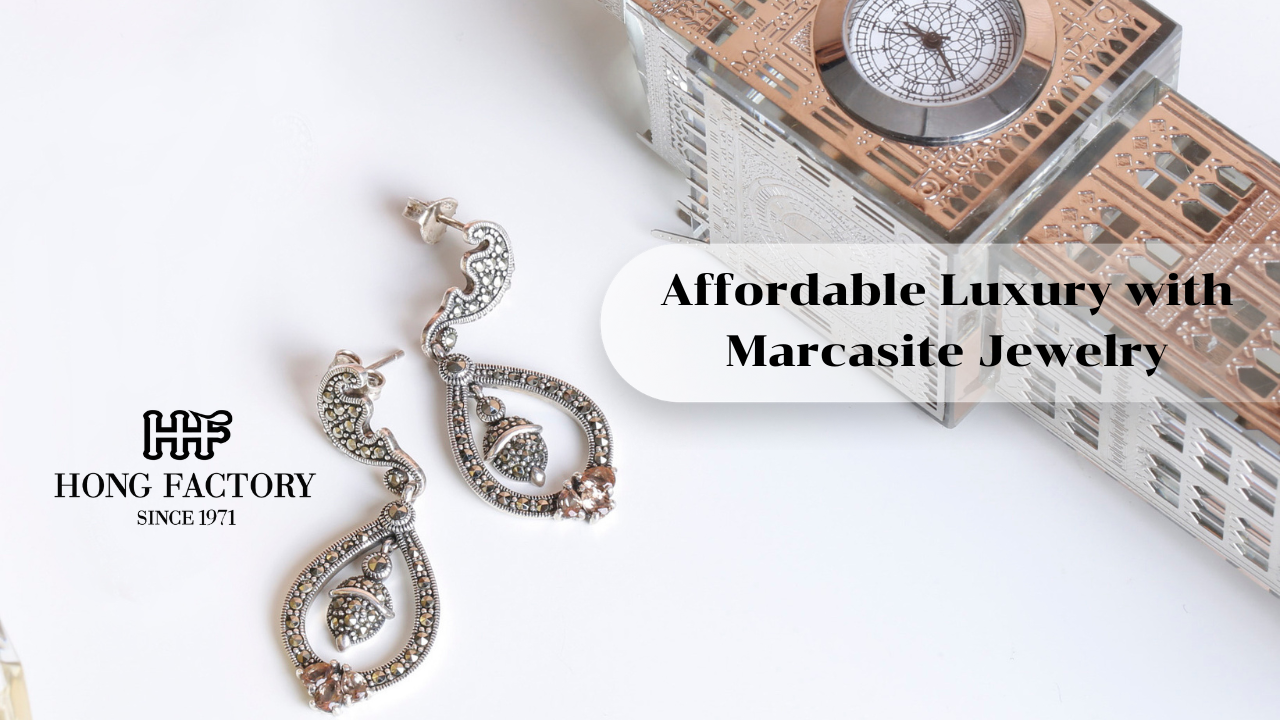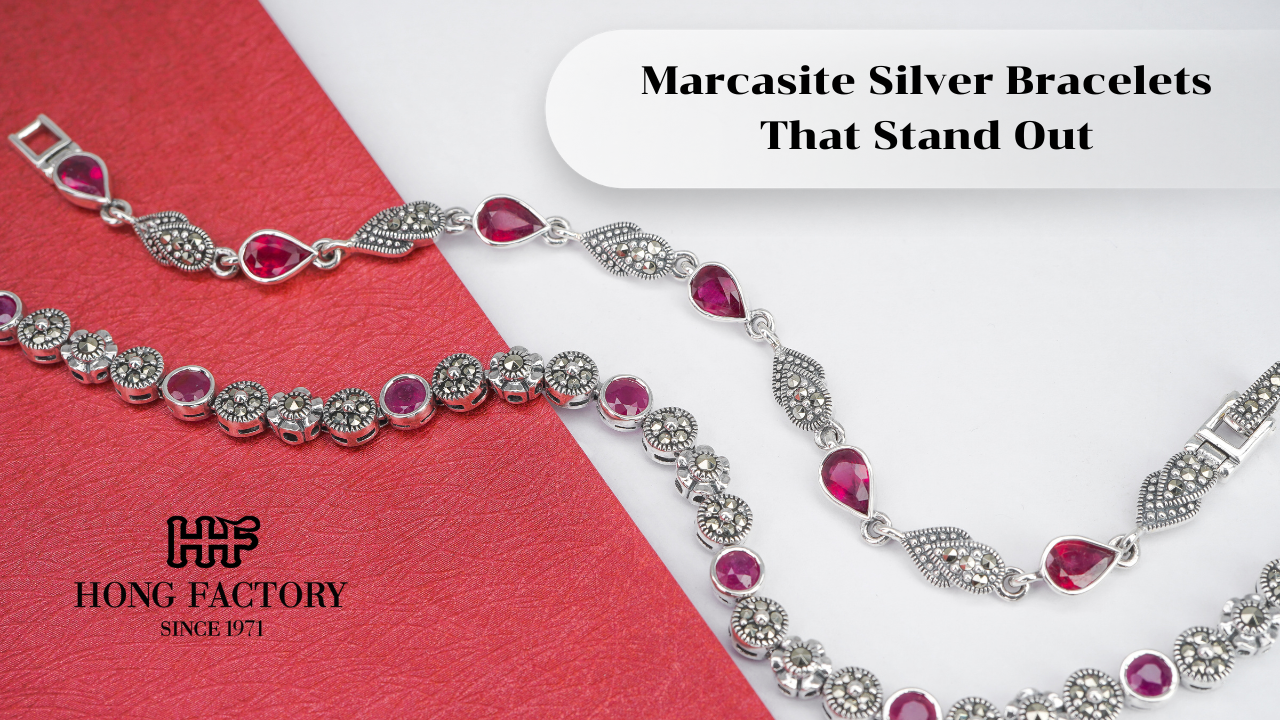Marcasite jewelry is admired worldwide for its elegant sparkle, intricate detailing, and vintage-inspired charm. But what truly sets marcasite jewelry apart is the incredible craftsmanship behind every piece. Unlike many modern accessories that rely on mass production, authentic marcasite jewelry is typically handmade or semi-handcrafted using techniques that have been passed down for generations. Jewelery wholesale thailand
This in-depth guide takes you behind the scenes to explore how marcasite jewelry is made—from selecting the stones to hand-setting each tiny piece into sterling silver. Whether you’re a jewelry lover, collector, or someone researching for a PBN article, this comprehensive explanation will help you appreciate the artistry behind every marcasite creation.
Understanding the Crafting Process of Marcasite Jewelry
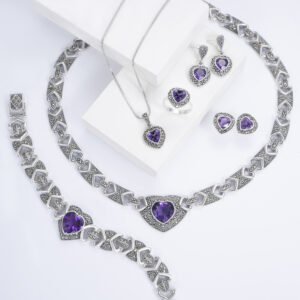
Making marcasite jewelry requires a combination of precision, patience, and craftsmanship. Each step in the process contributes to the final piece’s durability, shine, and intricate beauty. Unlike gemstones that rely on size and color, marcasite jewelry is defined by its tiny metallic stones, detailed silverwork, and symmetrical patterns.
Let’s explore the complete process, step by step.
1. Selecting the Right Material: Pyrite for Marcasite Stones
Although commonly called “marcasite,” the stones used in marcasite jewelry are actually pyrite—a mineral known for its metallic luster.
Why pyrite?
- It has a naturally reflective, mirror-like surface.
- It can be cut into tiny, sharp facets.
- It pairs beautifully with sterling silver.
Only the highest-quality pyrite pieces are chosen for jewelry, ensuring consistency in shine and durability.
2. Cutting the Marcasite Stones
Pyrite stones are cut into small, uniform shapes—usually around 1–2 mm in size. This is one of the most challenging steps due to the stone’s hardness and tendency to chip.
Common cuts include:
- Rose cut (multi-faceted for extra shine)
- Round cut
- Square cut
- Triangular cut (often used in Art Deco designs)
Precision is essential because even the slightest variation affects how the stones fit into the silver setting.
3. Designing the Jewelry Piece
Most marcasite jewelry features intricate designs inspired by:
- Victorian motifs
- Art Deco geometry
- Floral and nature themes
- Antique European styles
Designers sketch each piece to determine stone placement, silver framework, and oxidized detailing. This stage defines the entire aesthetic and structure of the final product.
4. Creating the Sterling Silver Base
Once the design is approved, artisans begin forming the 925 sterling silver base—the foundation of the jewelry.
Steps include:
- Melting and shaping the silver
- Forming the outline and interior details
- Creating bezels, prongs, and stone seats
- Engraving or carving fine patterns
This step requires skilled silversmithing, especially for detailed marcasite pieces.
5. Hand-Setting Each Marcasite Stone
This is the heart of the crafting process and the most time-consuming step. Every marcasite stone is individually set by hand.
How hand-setting works:
- Each cut stone is placed precisely onto its seat.
- Tiny prongs (or bead-like claws) are bent over the stone’s edge.
- The stone is secured tightly without glue.
- The artisan checks alignment and sparkle.
A single piece of marcasite jewelry may contain anywhere from 20 to over 200 stones, making this process both delicate and labor-intensive.
Why authentic marcasite is never glued:
- Glue weakens over time.
- Stones may fall off easily.
- It reduces the value and quality.
- It lacks the traditional craftsmanship that collectors expect.
Hand-setting ensures longevity and gives marcasite its signature appearance.
6. Oxidizing the Silver for Depth and Contrast

Oxidization is a chemical process that darkens parts of the silver surface. This enhances the sparkle of the marcasite stones by creating dramatic contrast.
Benefits of oxidized silver:
- Adds antique character
- Highlights design details
- Makes marcasite stones pop visually
This step requires careful control—too much oxidation darkens the piece excessively; too little dulls the effect.
7. Polishing and Finishing Touches
The jewelry undergoes a final polishing process to bring out its shine.
Finishing tasks include:
- Smoothing rough edges
- Cleaning metal surfaces
- Ensuring stone stability
- Inspecting for symmetry and alignment
Artisans also check the clasp mechanisms, joints, and overall comfort of the piece.
8. Quality Inspection
Before the jewelry reaches consumers, it undergoes a thorough quality check.
Inspection covers:
- Stone security
- Silver purity markings (e.g., “925”)
- Craftsmanship consistency
- Weight and balance
- Final polish and shine
Only pieces that pass this inspection are approved for sale.
9. Why Handcrafted Marcasite Jewelry Is Special
Because each piece involves detailed manual work, authentic marcasite jewelry has a unique character not found in machine-produced accessories.
Key reasons collectors love handcrafted marcasite:
- No two pieces are exactly the same
- Every stone is intentionally placed
- Designs reflect historical elegance
- Craftsmanship skills are preserved
This handmade nature adds sentimental and artistic value.
10. How Modern Technology Enhances the Process
While traditional methods dominate, some modern improvements now help artisans work more efficiently.
Examples include:
- Laser-cutting for precision stone shaping
- CAD tools for detailed 3D designs
- Advanced polishing equipment
These tools help maintain quality while reducing production errors.
Conclusion
The creation of marcasite jewelry is a delicate blend of artistry, precision, and heritage. From cutting tiny pyrite stones to hand-setting each one into sterling silver, the craftsmanship behind marcasite jewelry is what gives it timeless elegance and unmatched charm.
Understanding this process helps buyers and collectors appreciate the value behind every piece. Whether you’re writing for a PBN site, researching jewelry, or building your own collection, knowing how marcasite jewelry is made reveals just how extraordinary these shimmering works of art truly are.

